World Bank Loan Assists Methane Emission Reduction and Water Conservation in Rice Fields of Hunan Province
The Executive Board of the World Bank recently approved a $255 million loan to assist Hunan Province, which has the largest rice planting area in China, in promoting methane emission reduction in rice fields, improving irrigation and drainage services, and providing agricultural support measures for climate resilient rice production.
The World Bank loaned field water-saving irrigation and green low-carbon project will contribute to global public goods by establishing sustainable rice production models, especially in mitigating climate change and creating replicable and replicable knowledge and experience for China and other rice growing countries around the world.
China is the world's largest producer and consumer of rice. Rice production is an important source of methane emissions, accounting for 16% of China's methane gas emissions. The World Bank loan project will help Hunan Province achieve large-scale production of low methane and water-saving rice, and provide a reference for policy formulation in other regions of China. The project is based on the Hunan Province High Standard Farmland Construction Plan (2021-2030)", which aims to reduce methane emissions from rice fields and enhance the climate resilience of rice production. The World Bank project will help the Hunan Provincial Government strengthen a sustainable low methane rice production management system.
The rice field water-saving irrigation and green low-carbon development project will provide innovative solutions for China to promote climate change mitigation in the agricultural sector, "said Hua Maya, Director of the China, Mongolia, and South Korea Bureau of the World Bank. This project introduces an integrated and comprehensive approach that not only benefits farmers and the ecological environment, but also brings global benefits by encouraging behavior change.
The project adopts the World Bank's result oriented lending tool. The project implementation period is five years, with an estimated total investment of 1.24 billion US dollars, including 988 million US dollars in government funds and 255 million US dollars in World Bank loans.
The project is in line with the World Bank's 2020-2025 China Country Partnership Framework, which aims to help China promote greener growth and contribute to global public goods, especially in reducing greenhouse gas emissions and creating replicable global knowledge. As emphasized in the recently released China Country Climate and Development Report, the World Group is committed to supporting China in addressing interconnected climate and development challenges. This project will help improve climate resilience and low-carbon development levels in rural areas, and reduce greenhouse gas emissions related to food production






















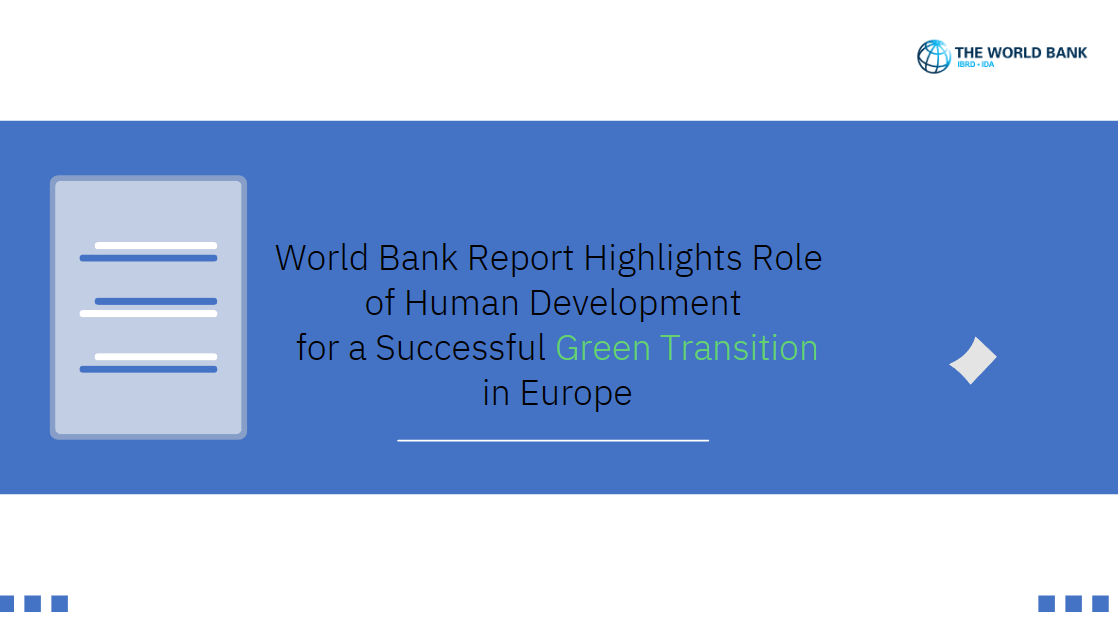
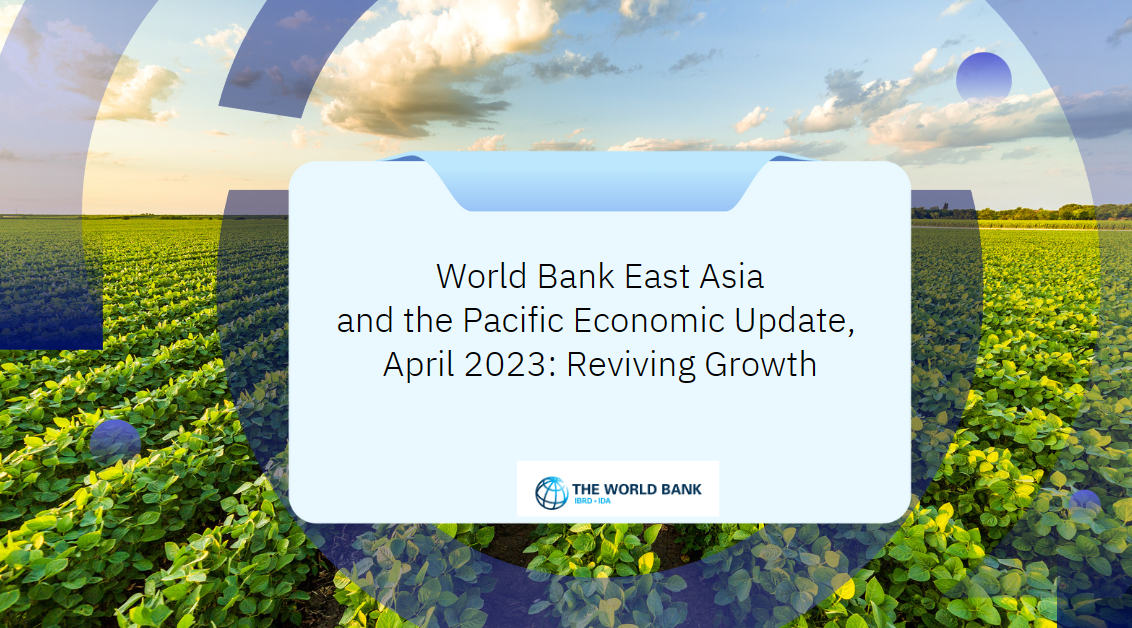
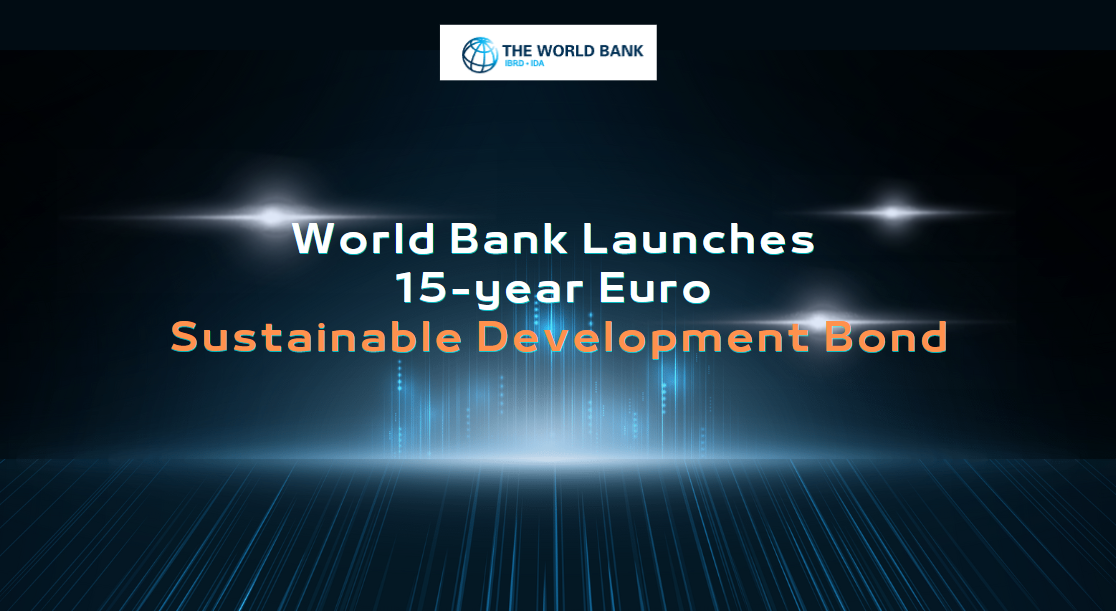
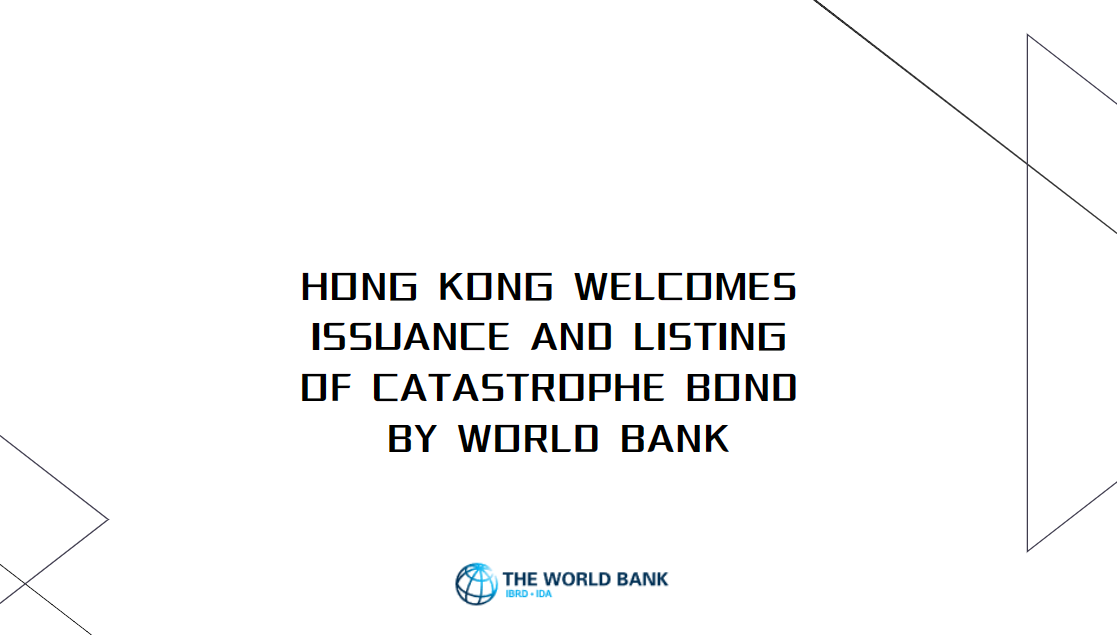
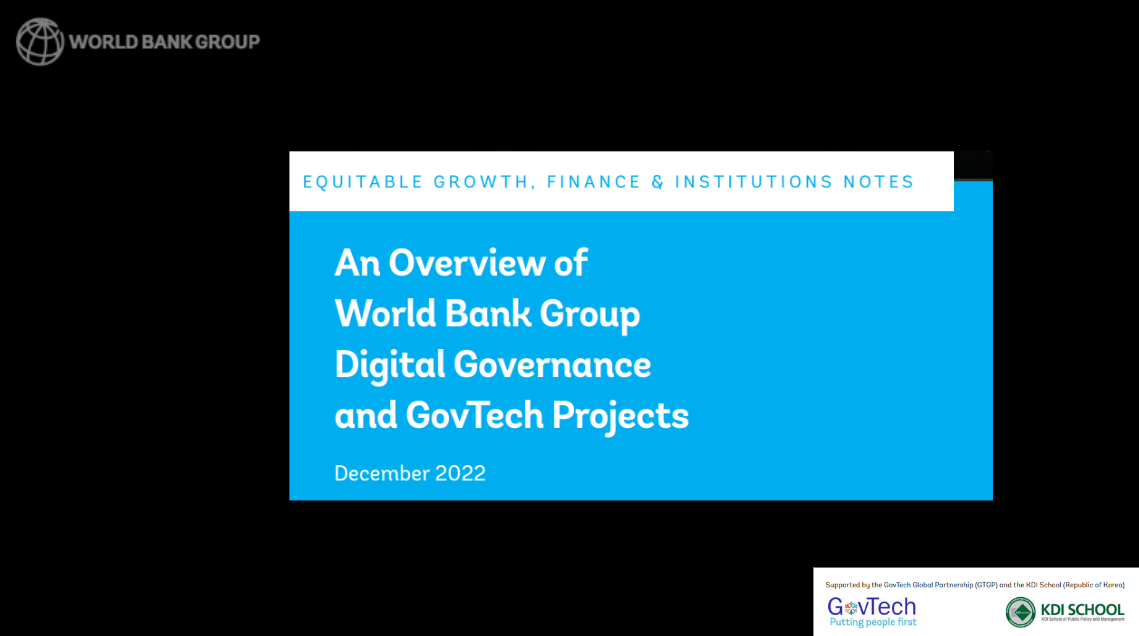



























First, please LoginComment After ~